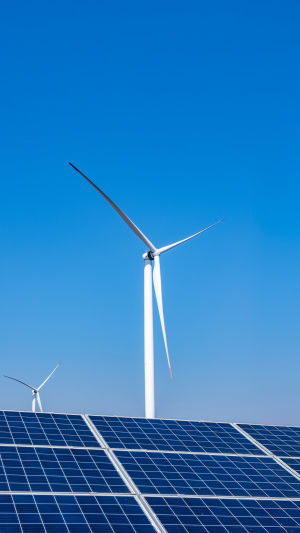I was at a café last week, staring out the window as sunlight streamed in, and it hit me—what if that very glass could power my laptop while I sip my coffee? Sounds futuristic, right?
But research teams are now developing solar materials that work like ink: you can spray them onto windows, fabrics, or even flexible surfaces to generate electricity. Imagine painting your energy source onto everyday objects—no bulky panels required.
<h3>How Soluble Solar Cells Work</h3>
<b>Liquid solar materials</b>
These solar cells start as a liquid solution that can be printed, sprayed, or coated onto surfaces. Once dry, the material forms a thin film capable of converting sunlight into electricity.
• Example 1: Spraying a thin layer on glass windows in offices could provide supplementary power for lights and electronics.
• Example 2: Researchers are testing flexible sheets coated with solar ink for backpacks that charge devices on the go.
• Example 3: Artists could integrate solar films into installations, creating functional yet visually appealing energy surfaces.
<b>Printing and coating techniques</b>
The liquid nature of these materials makes them versatile. They can be applied using inkjet printers, or even roller coatings, making mass production more practical.
• Example 1: A company successfully printed solar films on fabrics using industrial-scale roll-to-roll techniques.
• Example 2: Custom-shaped windows in modern buildings can be coated precisely with minimal waste.
• Example 3: DIY experiments show that hobbyists can paint small patches on transparent surfaces for small-scale energy generation.
<h3>Advantages Over Traditional Panels</h3>
<b>Flexibility and aesthetics</b>
Unlike traditional solar panels, soluble solar cells are lightweight, thin, and visually subtle, opening up new design possibilities.
• Example 1: Architects can incorporate energy-generating glass in skyscrapers without affecting transparency or design.
• Example 2: Fashion designers can embed flexible solar films into jackets or tents for wearable power.
• Example 3: Outdoor furniture or awnings can double as solar collectors without looking out of place.
<b>Lower installation costs</b>
Because these solar inks can be sprayed or printed, installation is faster, safer, and less expensive than mounting rigid panels.
• Example 1: Coating an entire office window in hours replaces the need for heavy equipment and roof mounts.
• Example 2: Urban apartments can add solar capacity without structural modifications.
• Example 3: Temporary structures at events or fairs can have portable solar power with minimal setup.
<h3>Challenges and Future Prospects</h3>
<b>Efficiency hurdles</b>
Currently, spray-on solar cells are less efficient than silicon panels. Researchers are experimenting with materials that boost energy conversion while remaining stable.
• Example 1: Layering different types of solar inks improves sunlight absorption and efficiency.
• Example 2: Protective coatings extend lifespan and prevent degradation from weather exposure.
• Example 3: Lab tests combine soluble solar films with conventional panels to supplement energy generation.
<b>Durability and commercialization</b>
Making liquid solar cells robust enough for real-world use is still a challenge. Longevity, adhesion, and weather resistance are key focus areas.
• Example 1: Outdoor tests on windows measure performance after months of sun, rain, and wind exposure.
• Example 2: Researchers develop flexible substrates that resist cracking or peeling.
• Example 3: Companies are evaluating cost-effective production for commercial roll-to-roll applications.
Next time you glance at a sunny window or a fabric awning, imagine it quietly harvesting energy to power your devices. Spray-on solar technology isn't just a lab curiosity—it could transform everyday surfaces into electricity-generating assets. Soon, turning sunlight into usable energy might be as simple as painting your world.





